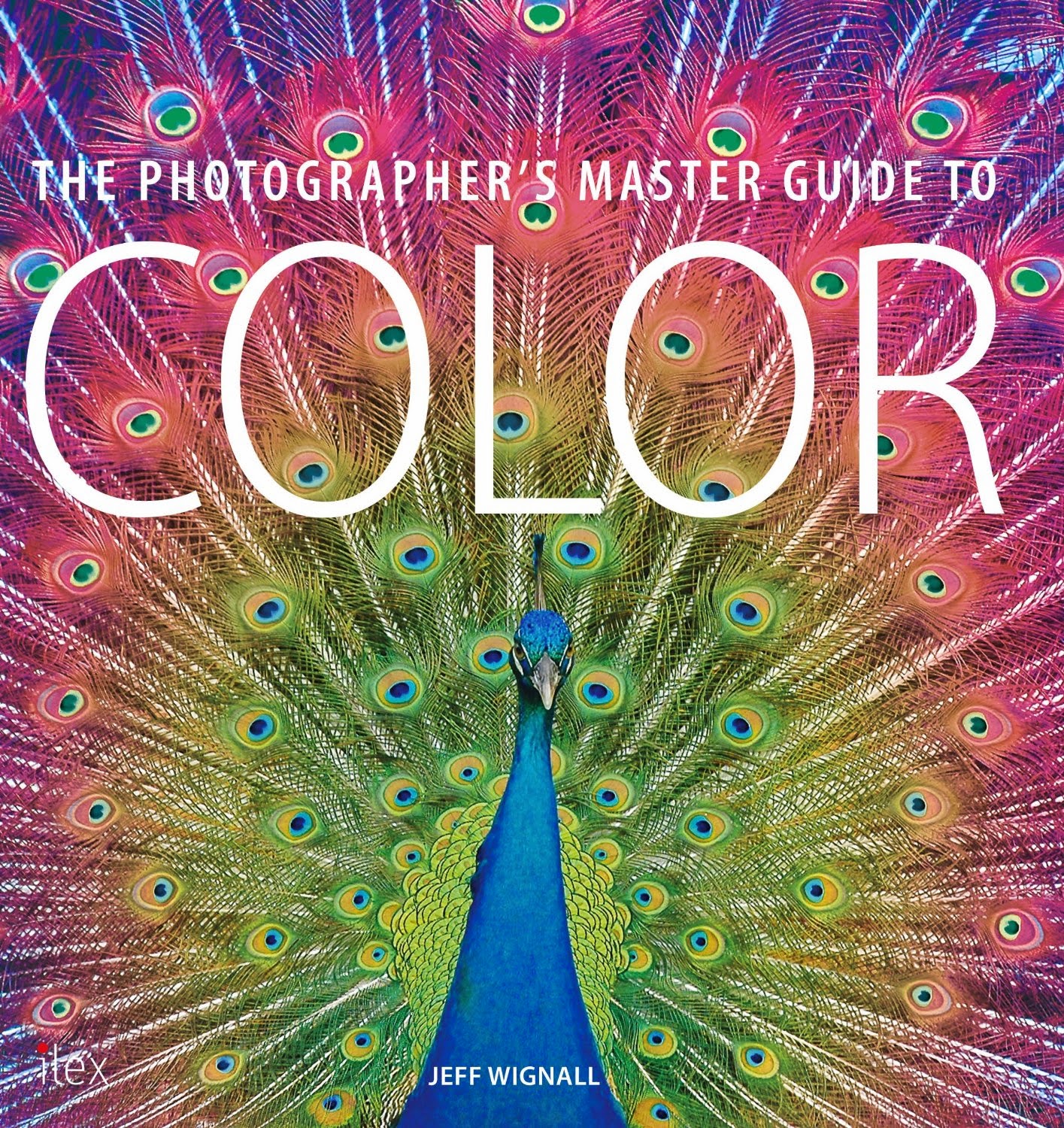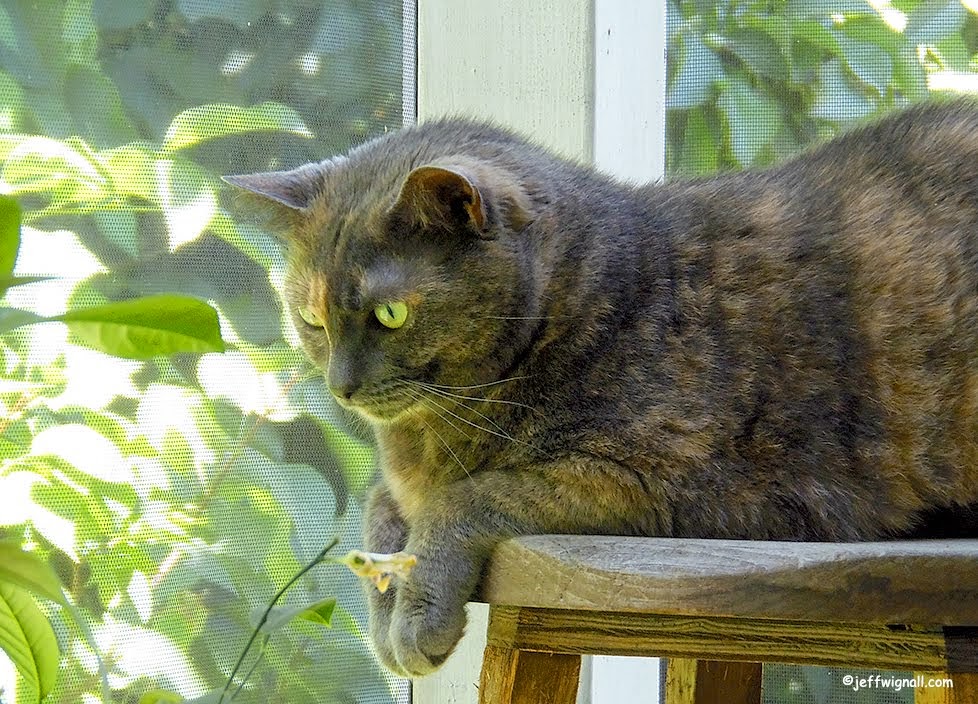When Photoshop was first introduced (I started using it in the early 1990s, not sure exactly when it was first introduced) seemingly everyone became a surrealist. You could hardly open a photo magazine without encountering an elephant swimming in a wine glass or a flock of geese morphing into flying dogs. It was a lot of fun. I don't see as much of it as I used to see and I kind of miss it. Recently I've been doodling in Photoshop for fun and exploration as opposed to just enhancing my photos for publication--it's a blast. I created this image in the middle of the night and it has a kind of dreamlike quality to it (and it's actually called Stony Creek Insomnia #1). Puttering around creatively in PS is a great way to learn the program and to see how different tools work together and it's an excellent ways to learn to use layers and layer-blending modes.
The best way to start a surrealistic montage is to first open a blank document in PS and size it for whatever finished size you want. I typically size things 20 x 24-inches at 300 dpi--which will create enormous files by the time you're done (so you'll need a lot of RAM--I have 5.5 gigs). The reason I work so large is that if I create something I really like, I can have a lab make huge prints. Always work in high resolution, by the way (again, 300 dpi). It would be a shame to create an image you really want to print big only to find the file doesn't have enough resolution (been there, done that).
I typically add images simply by opening the images and then using the move tool (the top tool on the tool bar) to dray the images into the blank document (yes, you can just drag images in) and then I use the Edit>Transform options (scale, skew, rotate, etc.) to size and/or distort each element. Then, once again, use the move tool to position them. Each image is its own layer so I can turn them on and off at will, or rework them (or delete them) as necessary. Another source of cool image elements, if you have a flatbed scanner, is to scan household or natural objects and incorporate them in your collages.
One of the primary things that I like about creating collages is that you can combine
different parts of your world and your experiences. This shot is
made up from images taken in Connecticut and Florida (and the moon is
the super perigee moon) shot years apart. I have absolutely no preconceptions about what I'm going to combine or why, I simply keep adding things that seem to create an interesting dream story.
As I said, I'm usually just doodling but it can become somewhat obsessive if you let it. I had no idea I was going to create this image. I was between couch and bed and sat down to read email for a minute and the next thing I know, two hours later, I'm lost in a PS dream. In my fantasies, I envision myself being able to afford to sit at a computer for days at a time creating just one image.
Going and Going
15 hours ago














































